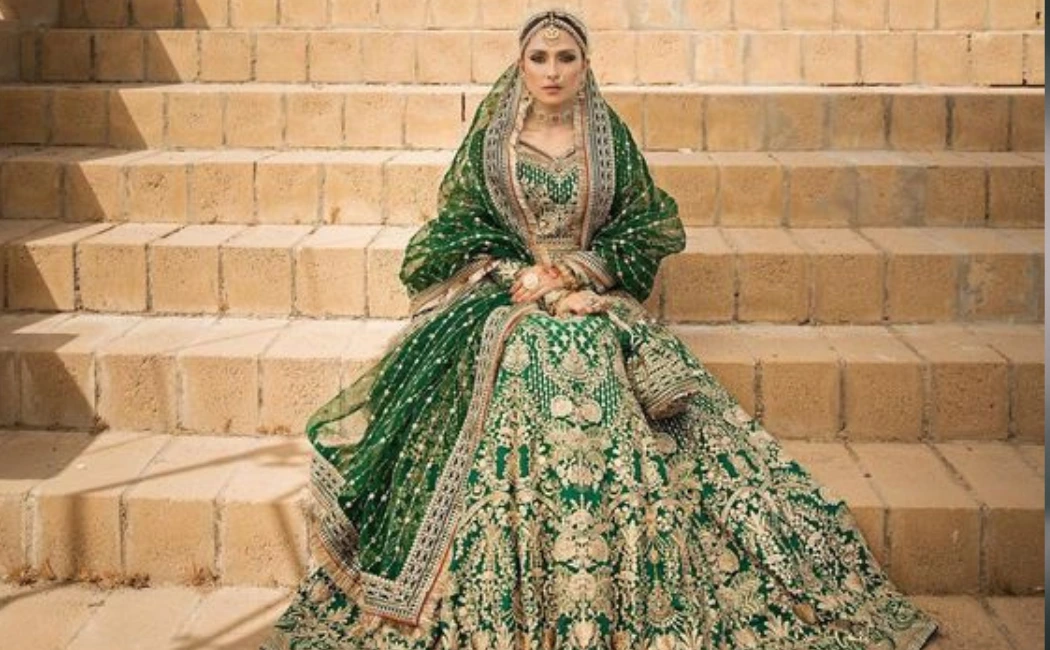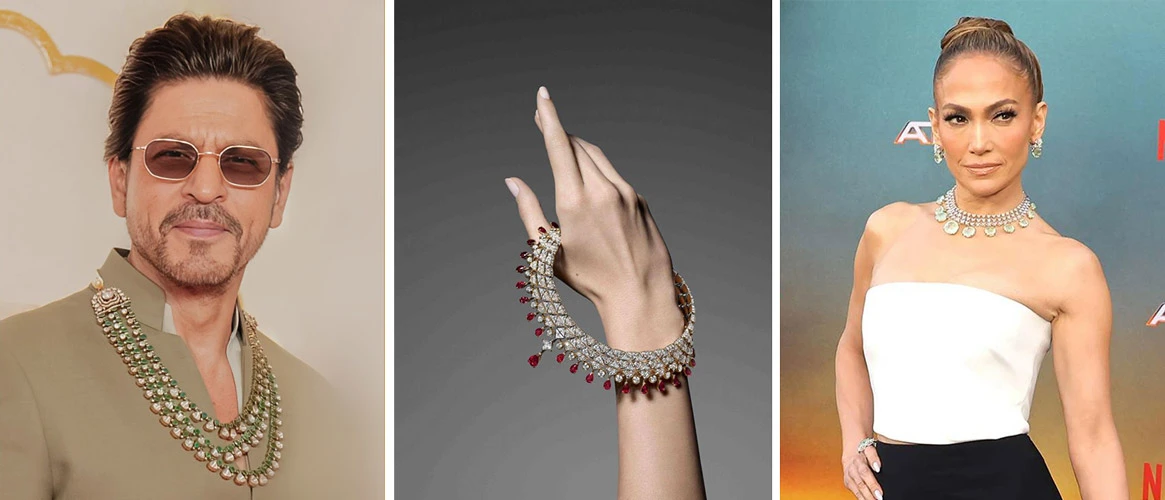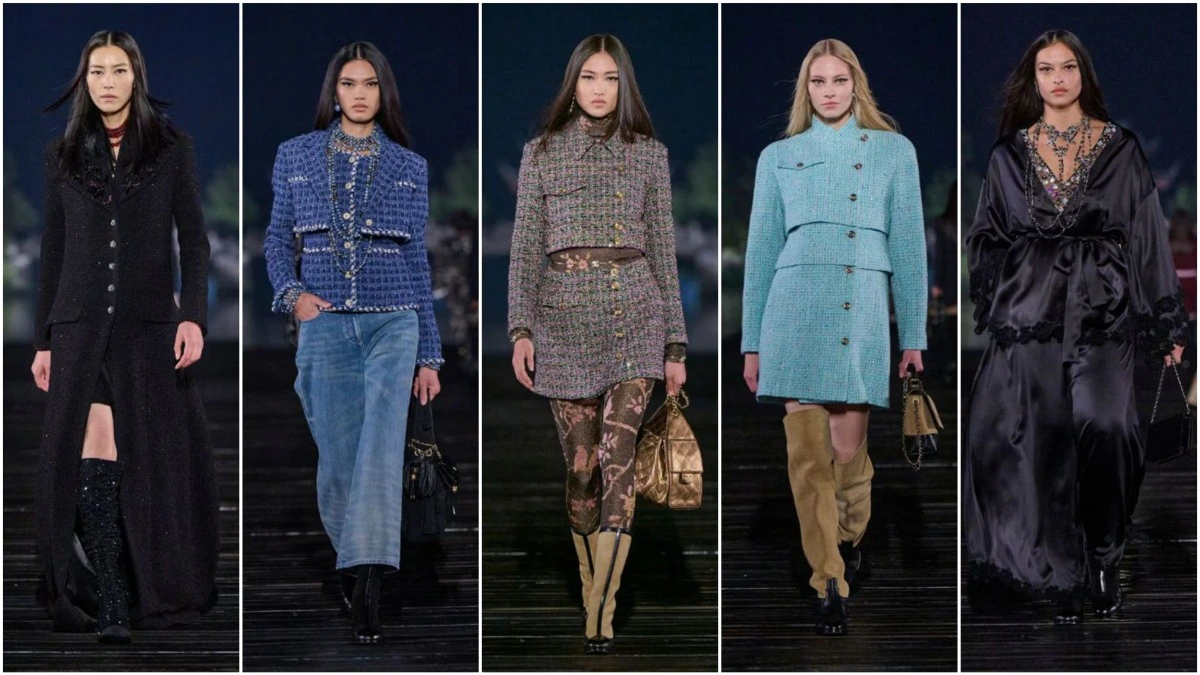The lehenga’s origins date back to the Mughal Empire (1526-1756 CE), where it was worn.
The lehenga, Pakistan’s traditional garment, is a stunning embodiment of the country’s rich cultural heritage and artistic traditions.
With a history spanning centuries, this elegant and intricate garment has evolved from a simple skirt to a symbol of Pakistani identity, sophistication, and refinement.
You May Also Like: Affordable Capsule Wardrobe Options for Fashionistas
History of Lehenga
The lehenga’s origins date back to the Mughal Empire (1526-1756 CE), where it was worn by royalty and nobility.
The garment spread throughout the Indian subcontinent, with Pakistan adopting and adapting the lehenga to its unique cultural and aesthetic traditions.
Types of Lehenga
- Traditional Lehenga: Classic, floor-length skirt.
- Bridal Lehenga: Ornate, heavily embroidered lehenga for weddings.
- Formal Lehenga: Elegant, sophisticated lehenga for special occasions.
- Casual Lehenga: Comfortable, stylish lehenga for everyday wear.
Lehenga Components
- Fabric: Traditionally made from silk, cotton, or lawn.
- Embroidery: Intricate patterns and designs adorning the garment.
- Dupatta: Long scarf draped over the shoulder or head.
- Choli: Fitted blouse worn with the lehenga.
Symbolism and Significance
The lehenga holds deep symbolic meaning:
- Cultural identity: Embodying Pakistani traditions and values.
- Social status: Reflecting the wearer’s wealth, status, or occupation.
- Artistic expression: Showcasing intricate embroidery and craftsmanship.
- National pride: Representing Pakistan’s rich cultural heritage.
Regional Variations
Pakistani lehenga styles vary across different regions:
- Punjabi Lehenga: Known for vibrant colors and bold embroidery.
- Sindhi Lehenga: Featuring intricate mirror work and embroidery.
- Balochi Lehenga: Characterized by simple, elegant designs.
Modern Lehenga Trends
While traditional lehenga remains timeless, modern adaptations have emerged:
- Fusion of traditional and contemporary designs.
- Innovative fabrics and textures.
- Bold, vibrant colors.
- Lehenga-inspired fashion.
Notable Pakistani Designers
- HSY (Hassan Sheheryar Yasin): Renowned for stunning, modern lehenga designs.
- Saira Shakira: Acclaimed for her elegant, sophisticated lehenga collections.
- Ali Xeeshan: Respected for his bold, avant-garde lehenga designs.
Lehenga Etiquette
- Wearing the lehenga correctly: Pleats folded to the right.
- Occasion-specific: Wearing the appropriate lehenga for the occasion.
- Accessorizing: Pairing the lehenga with traditional jewelry and accessories.
Preserving Cultural Heritage
Efforts to preserve lehenga traditions include:
- Workshops and classes: Teaching traditional lehenga-making techniques.
- Cultural events: Showcasing traditional lehenga and attire.
- Museums and exhibitions: Displaying historic lehenga collections.
Conclusion
The lehenga is a breathtaking representation of Pakistan’s cultural heritage, artistic traditions, and timeless elegance.
By understanding and appreciating this national treasure, we can gain a deeper appreciation for Pakistan’s history, values, and beauty standards.
References:
- “The Lehenga” by The Metropolitan Museum of Art.
- “Pakistani Lehenga: A Cultural Icon” by Pakistan Today.
- “The History of Lehenga” by Encyclopedia Britannica.
- “Lehenga: A Symbol of Pakistani Identity” by The Culture Trip.
- “Modern Lehenga Trends” by Vogue Pakistan.
Fact Box:
- Origins: Mughal Empire (1526-1756 CE).
- Types: Traditional, Bridal, Formal, Casual.
- Components: Fabric, embroidery, dupatta, choli.
- Symbolism: Cultural identity, social status, artistic expression.
- Modern trends: Fusion of traditional and contemporary designs.










